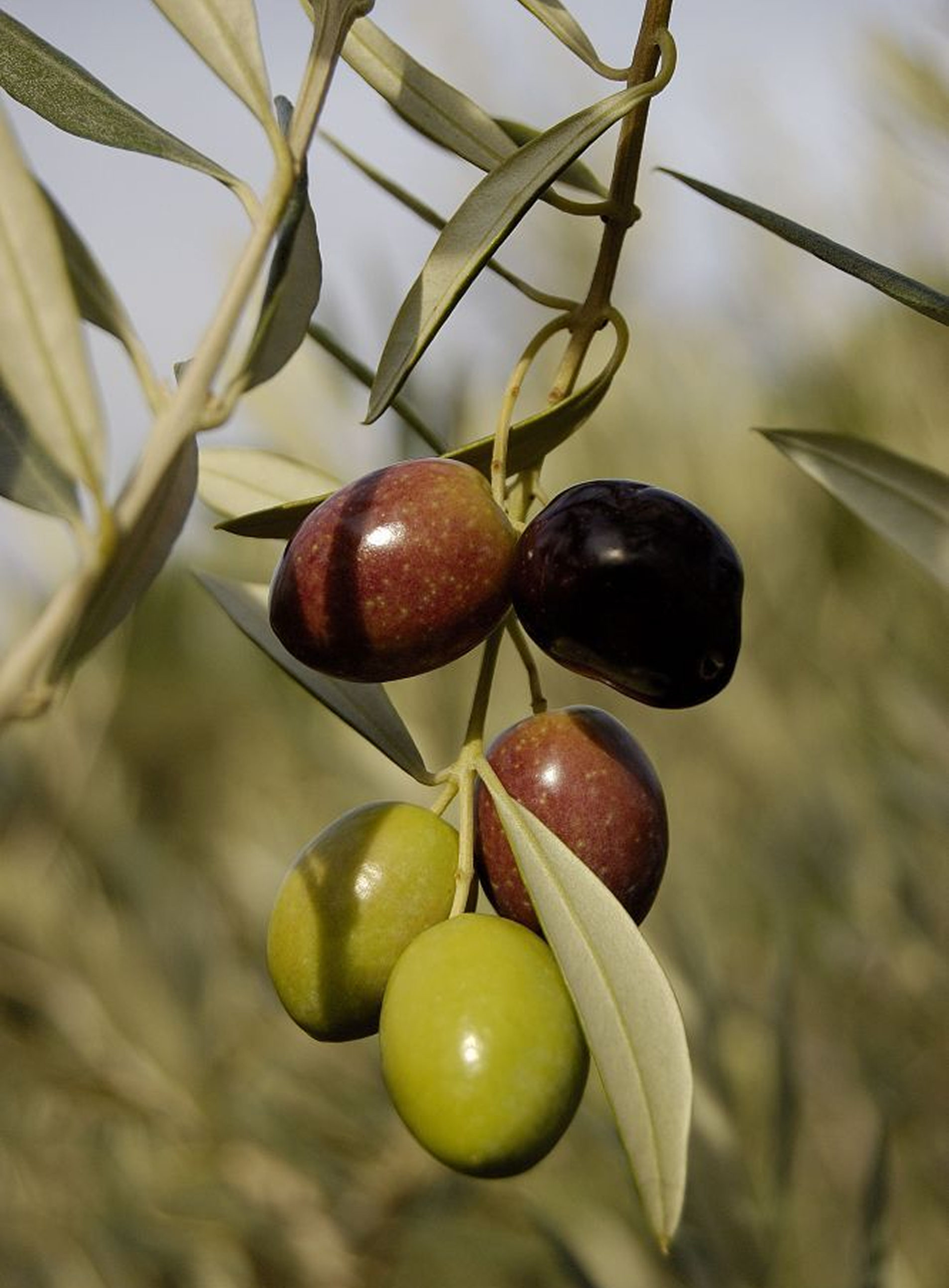
7 Herbs You Can Easily Grow Indoors at Home: Guide to Cultivating and Enjoying Fresh Herbs Year-Round
1. Basil
Basil can be grown year-round indoors, flourishing in warm environments but potentially struggling in cooler spots, especially during winter. Keep in mind that basil is a short-term houseplant, typically thriving for just a few weeks. It grows best in temperatures between 70-85°F (21-29°C). Companion planting with tomatoes can enhance the flavor of both plants.

2. Chives
Chives, with their delightful onion flavor, are compact, grass-like plants that thrive effortlessly indoors. They generally do not require much fertilization and can tolerate a wide range of temperatures. Adding a vibrant touch to dishes, chives serve as both a garnish and a flavor enhancer, making them a simple yet tasteful addition to your indoor garden. Additionally, chive flowers are edible and can be used to garnish dishes or make chive blossom vinegar.

3. Mint
Mint, celebrated for its fragrant essence and refreshing, cool taste, flourishes in indoor settings. Thriving in temperatures between 65-70°F (18-21°C), mint requires plenty of light to grow well. It effortlessly adds a burst of freshness to various beverages, desserts, and savory dishes. To ensure healthy growth, avoid overcrowding the mint plants, allowing for good air circulation.

4. Oregano
Oregano is a low-maintenance herb that effortlessly enhances the flavor of many dishes. It is drought-tolerant and thrives in slightly dry conditions. Water oregano when the soil becomes too dry, and position it in moderate to strong light, offering some shade during the heat of the day. Oregano grows best in temperatures between 60-80°F (15-27°C). For long-term storage, you can dry oregano, as it retains its flavor well when stored in an airtight container.

5. Parsley
Parsley adds vibrant color and delightful flavor to a variety of dishes. To harvest, gently pinch the stems and pluck the leaves. Plant parsley in a deep pot with nutrient-rich soil, and place it in a well-lit spot for optimal growth. Parsley grows well alongside tomatoes, asparagus, and carrots, but it should not be planted near mint. Typically grown from seed, parsley can also be propagated by dividing established plants.

6. Rosemary
Rosemary is a fragrant herb, offering a variety of health benefits, including anti-inflammatory effects, antioxidant properties, and support for digestive, cognitive, and respiratory health. When cultivating rosemary indoors, choose a cool location with abundant sunlight for optimal growth. Ensure the soil is well-draining to prevent root rot, and water the plant regularly, allowing the top inch of soil to dry out between waterings. Rosemary can also be used in cooking to enhance the flavor of meats, soups, and stews. Regular pruning will help maintain its shape and encourage bushier growth, ensuring a continuous supply of fresh rosemary leaves.

7. Thyme
Thyme is a versatile and aromatic herb that can be easily grown at home. Use a well-draining container with quality potting mix, and ensure it receives 6-8 hours of bright, indirect sunlight daily. Water moderately, allowing the soil to dry out between waterings. Periodic pruning encourages bushy growth. Watch for pests like spider mites and aphids, and use natural remedies if needed.
.jpg)


.jpg)



